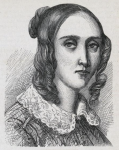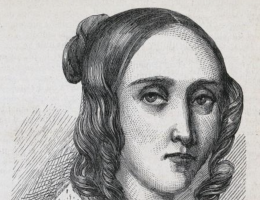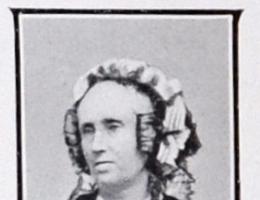![L'Illustration, 1855/01/13 [Louise Farrenc]](/sites/default/files/styles/440x580/public/2023-05/Louise-Farrenc.png?itok=bFFMuhia)
Louise FARRENC
1804 - 1875
Composer, Pianist
Descended on her mother’s side from an eighteenth-century dynasty of painters (the Coypel family), Louise Dumont was also the daughter and sister of renowned sculptors (Jacques-Edme and Augustin Dumont). She began her musical studies at the age of six (piano and solfège) and swiftly benefited from tuition from Moscheles, Hummel (whose simplicity of style and delicate playing she copied) on the piano and Reicha in harmony. In 1821, she married the flautist Aristide Farrenc, who gave up working as a musician to devote himself to publishing – taking advantage of his new profession to disseminate works by his wife. Louise Farrenc’s fame was based initially on her talents as a performer, which she devoted mainly to the works of Beethoven in the 1820s. During the next decade, she consolidated her status as a composer: orchestral music, at first, with two overtures and three symphonies; followed by chamber music, a field in which she emerged as a trailblazer in the history of French music, in particular with her two piano quintets, opp. 30 and 31; and finally piano music (including the Air russe varié op.17, praised by Schumann), which she herself championed in concert. On two occasions (1861 and 1869), her works received the Prix Chartier from the Institut’s Académie des Beaux-Arts. Appointed professor of piano at the Paris Conservatoire in 1842 (a post she held until 1873), Louise Farrenc also played a fundamental role in defining teaching methods for that instrument in the mid-nineteenth century.
Focus
Focus





